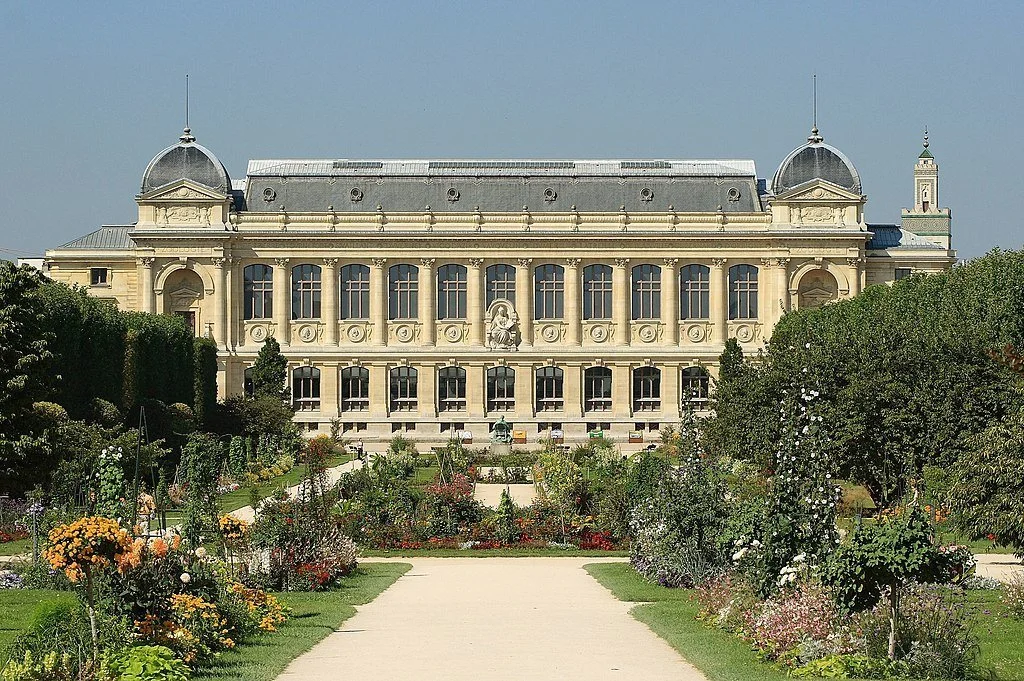
The Lyceum
A gathering place for engaging Emersonian content to educate & entertain.
Discover Concord
To read more about the people and places of Concord, Massachusetts, we invite you to explore the current and back issues of Discover Concord, a visitor-focused magazine available in print and online. The Emersons and their friends are frequent subjects of articles, some of which are penned by our own Emerson House guides.
Henry David Thoreau: Surveyor of the Soul
In his 2017 documentary film Henry David Thoreau: Surveyor of the Soul, Huey Coleman tells the story of Thoreau in his time and of the impact Thoreau’s writings and lifestyle have in our time. The film will be broadcast on Maine Public Television again this week and is also available to stream on demand.
Emerson’s Study
When the Ralph Waldo Emerson Memorial Association (RWEMA) took ownership of the Emerson House in 1930 and turned it into a seasonal museum, the original contents of Emerson’s study were moved across the street to a replica in the Concord Museum to preserve year-round access for visitors. Today, both can be visited. In 2020, the Concord Museum produced a short video tour of Emerson’s home study, discussing its importance both to Emerson and as the intellectual center of mid-19th century America.
Margaret Fuller
The friendship between two intellectual powerhouses of the mid-nineteenth century—Margaret Fuller and Ralph Waldo Emerson—began with a visit to Concord in 1836. Fuller later joined the “Transcendental Club” and her book Woman in the Nineteenth Century—the first major feminist work in America—grew from an essay published in The Dial magazine under Emerson’s editorship.
Frequently Asked Questions
Emerson House guides share answers to some of the frequently asked questions by visitors to the house.
Whatever I May Call You
Referencing Jeffrey S. Cramer’s book, Solid Seasons: The Friendship of Henry David Thoreau and Ralph Waldo Emerson, to explore the question of whether the two friends called one another “Waldo” and “Henry.”
Christopher Cranch: Transcendentalist, Artist, and Follower of Emerson
Reprinted from The Public Domain Review, this essay explores the friendship of Transcendentalist illustrator Christopher Cranch and Ralph Waldo Emerson. Cranch’s collection of humorous sketches inspired by phrases from Emerson’s Nature—including his famed “transparent eyeball” drawing—is considered one of his greatest achievements.
Emerson and Thoreau: Companions on a Journey of Self-Discovery
Emerson and Thoreau met in the spring of 1837 and became lifelong friends. In addition to their affinity for Concord, they shared a strong belief in the importance of nature in developing creative and independent thinking. Thoreau lived with the Emerson family for several years and built the cabin of Walden on land owned by Emerson.
Emerson’s Impact on Concord
Ralph Waldo Emerson had a lifelong association with the town of Concord, descending from one of its founders and periodically living with relatives there before making it his permanent home in 1835. Emerson was actively engaged in the town’s intellectual and civic life and both he and Lidian were involved in social reform movements. Nicknamed the “Sage of Concord,” one of Emerson’s greatest impacts on the town was drawing many of the leading writers, educators and reformers of the 19th century to his Concord home.
The Man at the Top of the Stairs
A profile of U.S. Senator Charles Sumner, a noted abolitionist whose friendship with Ralph Waldo Emerson strengthened around their mutual antipathy for the Fugitive Slave Act of 1850. Through Sumner, Emerson met President Lincoln in 1862, and when Sumner died in 1874, Emerson was one of his pallbearers. A portrait of Sumner hangs on the second floor of the Emerson House.
Emerson’s First Journey to Europe
On Christmas Day of 1832, Emerson sailed for Europe for the first time. He’d recently resigned as pastor of the Second Church in Boston and was still mourning the loss of his first wife, Ellen. In Europe, he hoped to find relief from an illness and to meet with writers he viewed as kindred spirits. He spent several months in Italy, was profoundly affected by the Jardin des Plantes in Paris, and met the writers Samuel Taylor Coleridge, William Wordsworth, and Thomas Carlyle, the last of whom became a lifelong friend.
December Was an Eventful Month for Mr. Emerson
In the 19th century as it is today, December was a time of celebrations and gatherings. For Ralph Waldo Emerson, it was also a month when he experienced many life changes.












